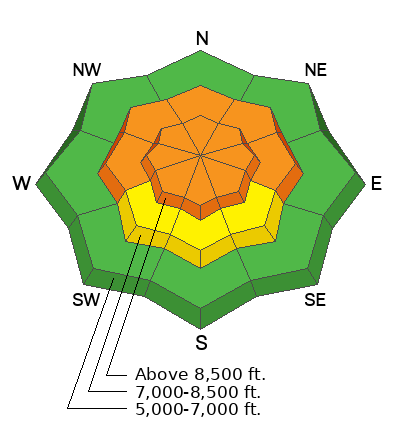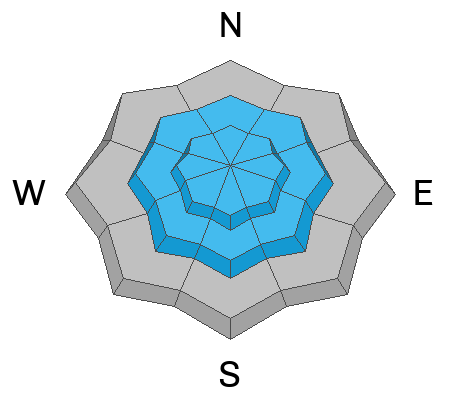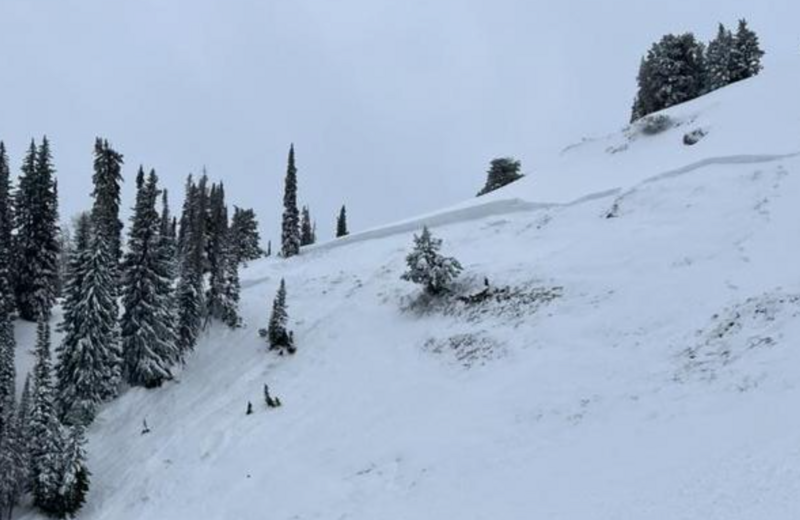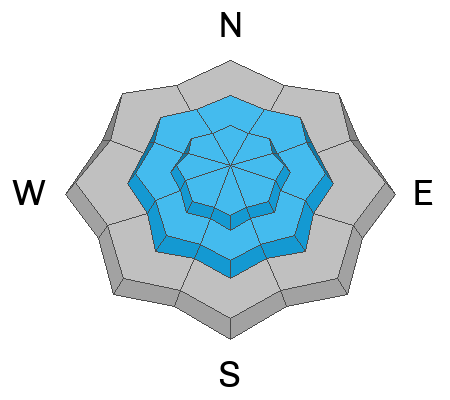Forecast for the Logan Area Mountains

Issued by Toby Weed on
Wednesday morning, January 4, 2023
Wednesday morning, January 4, 2023
CONSIDERABLE avalanche danger exists on upper and mid elevation slopes in the backcountry. People are likely to trigger large and dangerous avalanches, and these might be triggered from a distance or below. Except for areas threatened from above, the danger is much lower at low elevations, below about 7500' where rain saturated the shallow snow and colder temperatures have since frozen it solid.
- Careful snowpack evaluation, cautious route finding, and conservative decision-making remain essential for safe backcountry travel.
- We've been able to find great shallow powder and safe conditions in the meadows, on slopes at all elevations less steep than 30°, and at lower elevations.

Low
Moderate
Considerable
High
Extreme
Learn how to read the forecast here









